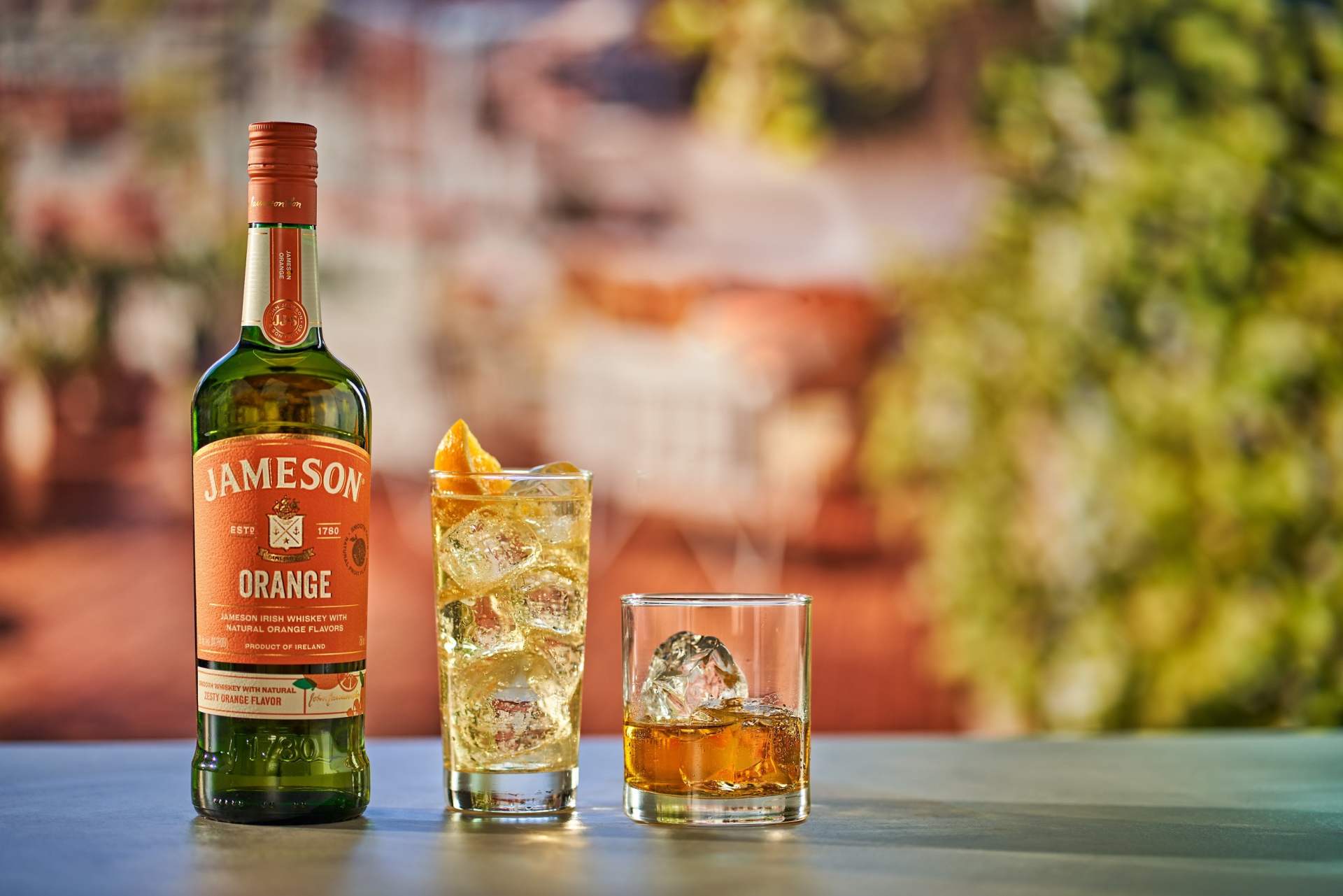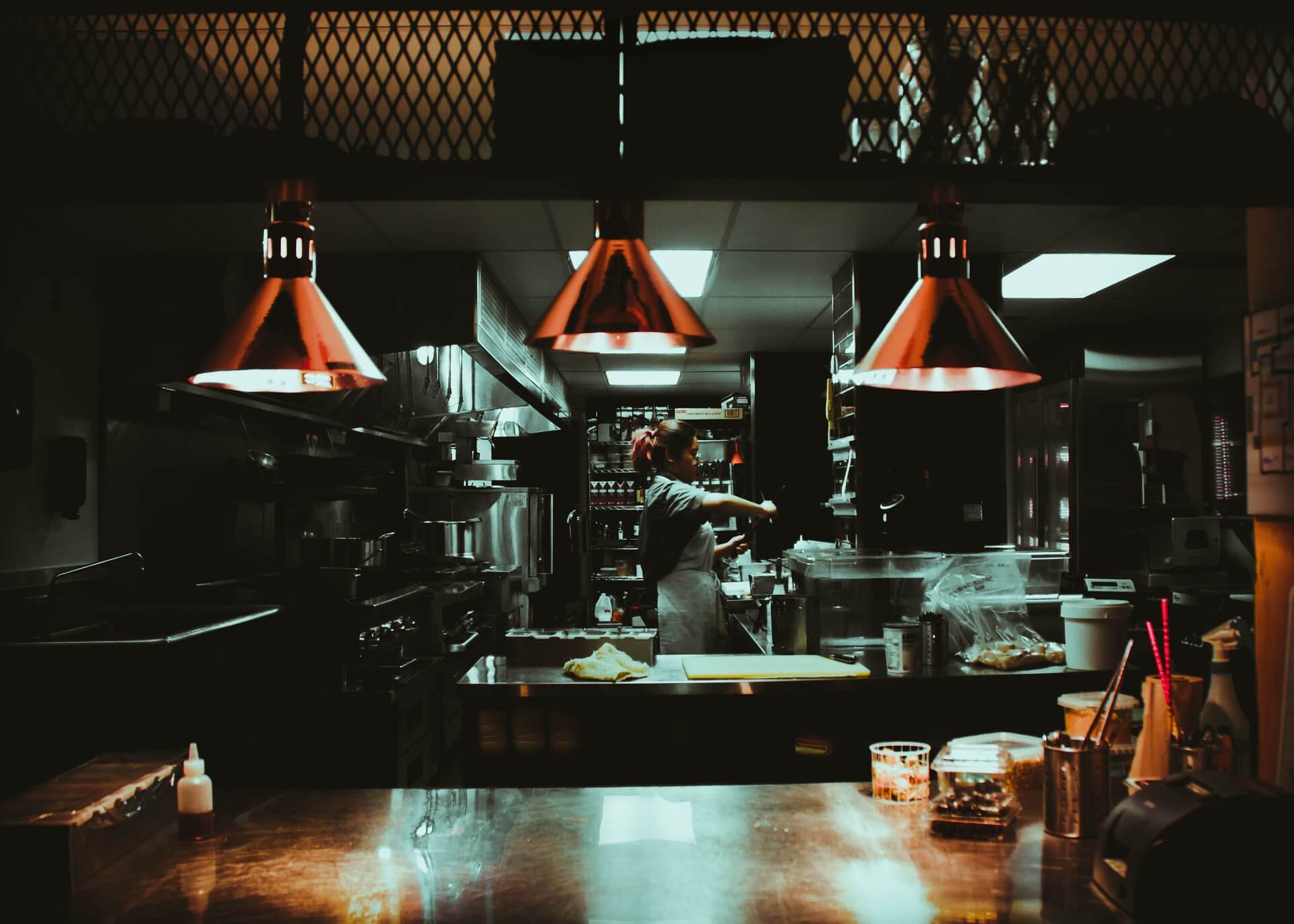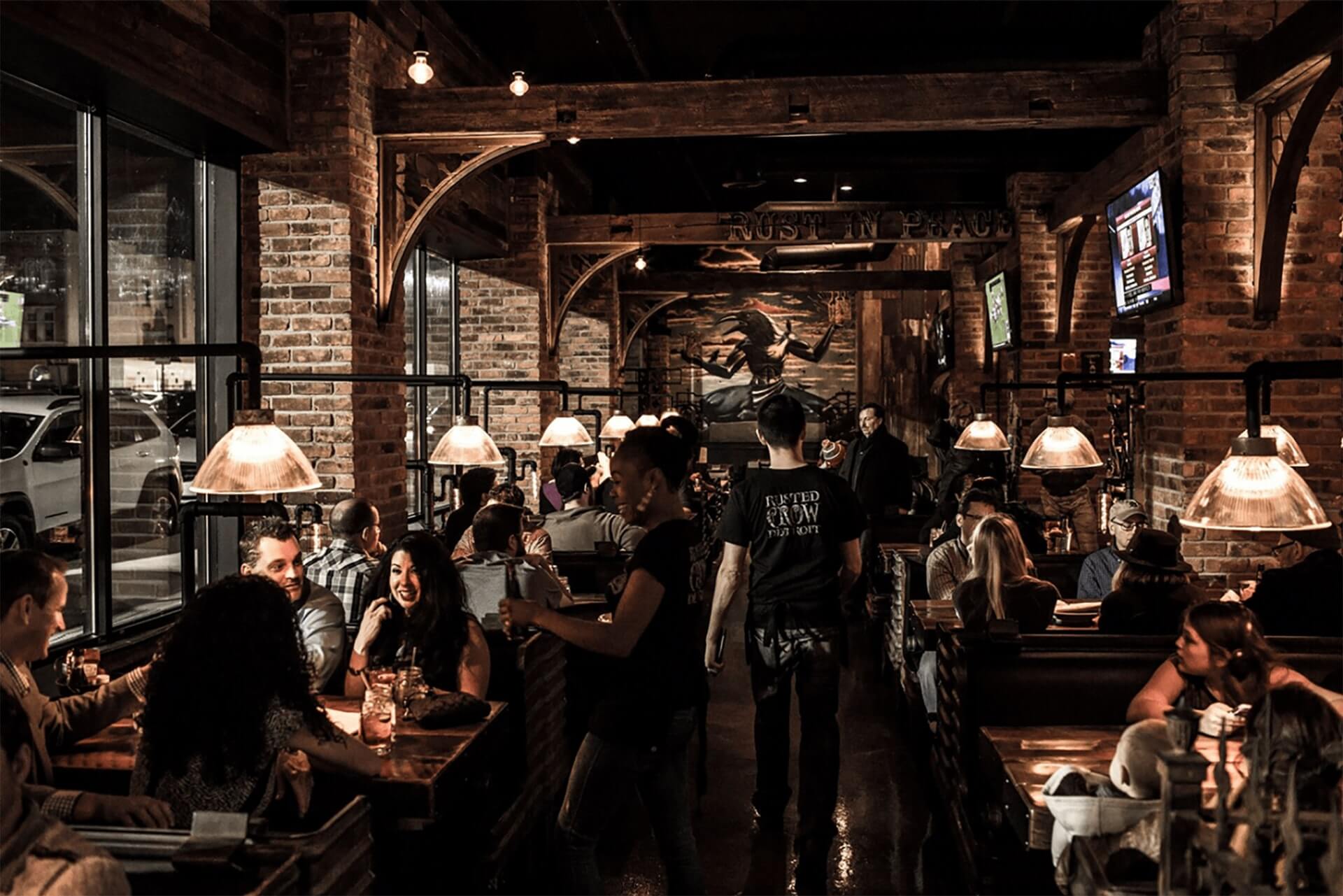Bring the Heat: It’s Spicy Margarita Day!
by David Klemt

Today is the day to dial up the heat and deliver some fiery flavors to your guests with spicy Margaritas.
Why? Because it’s the second annual National Spicy Margarita Day!
Originally known as Founder’s Day, this bar holiday comes to us from Tanteo Tequila.
Participation is easy enough, and even easier if you have Tanteo Jalapeño, Habanero, and Chipotle bottles.
Tanteo CEO and Master Blender Neil Grosscup explains the signature cocktail holiday on the Bar Hacks podcast. During episode 64, Grosscup shares that the inaugural celebration honored late Tanteo founder Jonathan Rojewski. The holiday also highlights the brand’s mission: Crafting a tequila that makes the world’s best spicy Margarita.
However, it’s not just about promoting the brand and their favorite cocktail. Rather, Tanteo leverages this holiday to encourage people to give back.
Sustainability Initiatives
As Grosscup explains on Bar Hacks, he and the Tanteo team value three forms of sustainability:
- Economic
- Social
- Environmental
The Tanteo distillery’s ownership spans 84 agave-farming families. Tanteo Tequila is the 85th owner. This business model—the only distillery owned by a co-op of agave farmers—is an example of economic sustainability.
There are a few reasons for this approach. One of those is that it helps the farmers weather market swings. Indeed, agave is acutely susceptible to shifts in market value. When there’s too much agave, the value of a kilo of agave can plummet quickly. Another reason for the Tanteo co-op is transparency.
About 150 bars are participating in this year’s National Spicy Margarita Day. For every spicy Margarita made with Tanteo Tequila sold at these venues through January 30, $1 will go to a variety of waterway cleanup charities:
- Chattahoochee Riverkeeper
- Friends of the Chicago River
- Friends of the LA River
- Keep the TN River Beautiful
- Ohio River Foundation
- Orange County Coastkeeper
- San Diego River Park Foundation
- Trinity River Audubon Center
- Un Salto Con Destino. This organization is cleaning up the Rio Santiago. The Tanteo distillery is in Juanacatlán, Jalisco, Mexico, and the Rio Santiago is crucial the surrounding community.
How to Participate
It’s a little late to join officially as a bar partner with Tanteo. However, that doesn’t mean you shouldn’t celebrate the holiday.
Serving up spicy Margaritas is always a great idea. One simple way to leverage National Spicy Margarita Day is to create a small specialty menu. With at least three Margaritas, you can boost the heat level of each version to appeal to different guest’s spice preferences. You can alter heat levels using different Tanteo expressions, infusions, bitters, syrups, etc.
Or, you can simply perfect your restaurant or bar’s signature spicy Margarita. Either way, promote your participation on across your social platforms.
Speaking of social, snap a pic of your Margarita(s) and use the tag #NationalSpicyMargDay. Notice the spelling: the hashtag uses “Marg,” not “Margarita.” For every social media post tagged #NationalSpicyMargDay, Tanteo will donate $1.
See below for three Tanteo spicy Margarita recipes. ¡Salud!
Tanteo Jalapeño Margarita
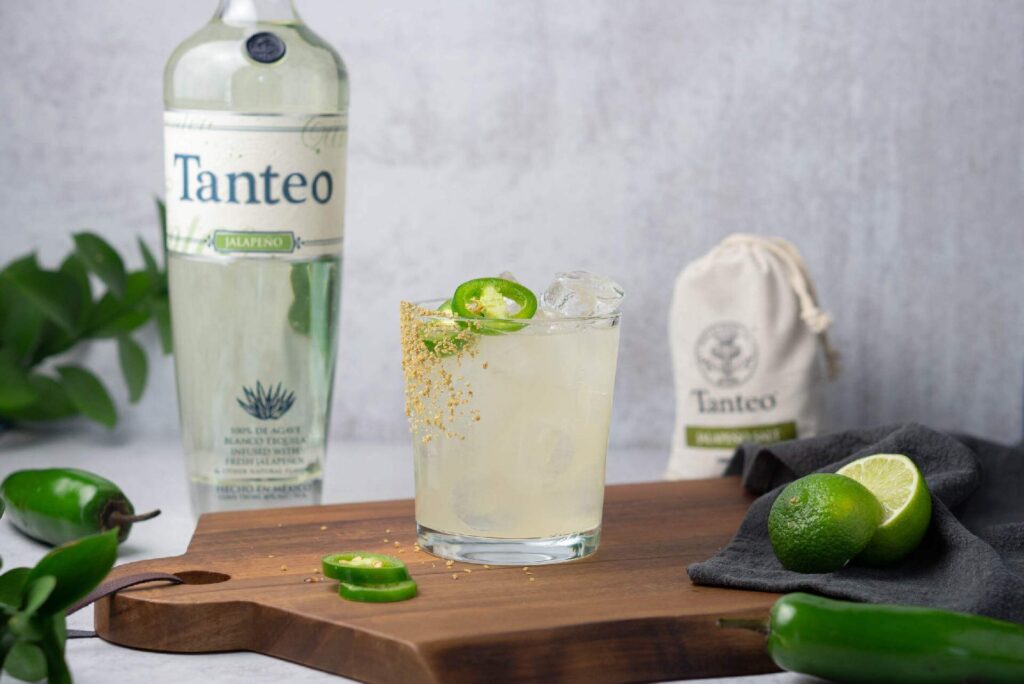
-
2 oz. Tanteo Jalapeño Tequila
-
1 oz. Fresh lime juice
-
¾ oz. Agave nectar
Prepare a rocks glass by adding ice. Optionally, rim glass with Tanteo Jalapeño Salt or your signature blend. Add all ingredients to a shaker with ice. Shake well and strain into prepared rocks glass. Garnish with a lime wedge or jalapeño slice (or both).
Tanteo Habanero Margarita

-
2 oz. Tanteo Habanero Tequila
-
1 oz. Fresh Lime Juice
-
¾ oz. Agave Nectar
Prepare a rocks glass by adding ice. Optionally, rim glass with Tanteo Jalapeño Salt or your signature blend. Add all ingredients to a shaker with ice. Shake well and strain into prepared rocks glass. Garnish with a habanero pepper.
Tanteo Chipotle Margarita
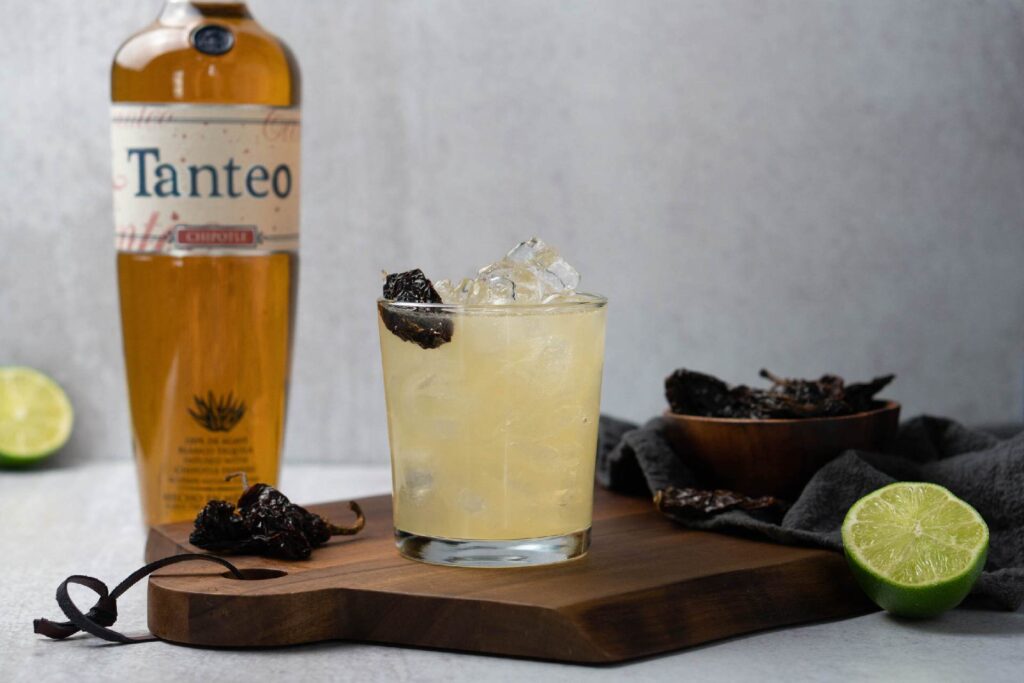
-
2 oz. Tanteo Chipotle Tequila
-
1 oz. Fresh Lime Juice
-
1/2 oz. Agave Nectar
Prepare a rocks glass by adding ice. Add all ingredients to a shaker with ice. Shake well and strain into prepared rocks glass. Garnish with a chipotle pepper, orange slice, or lime wedge.
Image: Tanteo Tequila


